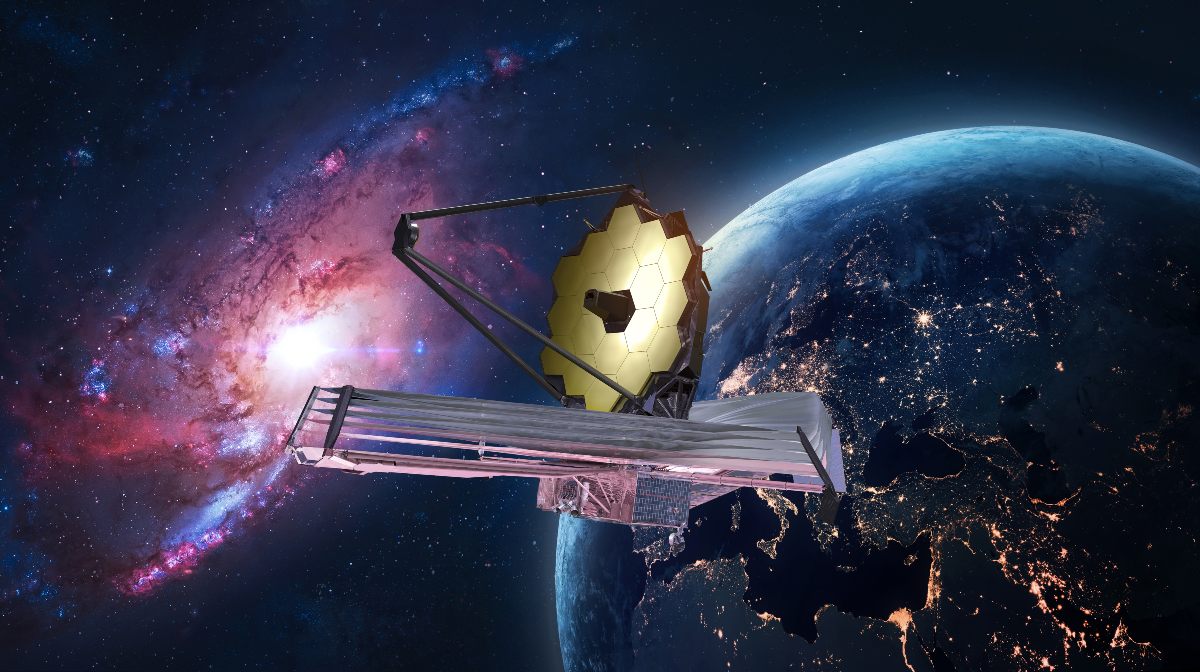Narendra Modi, India’s prime minister, has been working to gain new powers and for Big Tech to continue to yield. The main objective is focused on total control of the Internet. Youtuber Akash Banerjee was raising this situation in the documentary “India: The Modi Question”, which he uploaded on his YouTube channel. It exposes how many situations of government abuse have had a great deal of work done to prevent them from being seen. The bans have been known to reach educational centers, where upon learning that they will deal with this issue there were power and internet cuts. This is in addition to the elimination of the different clips of the documentary uploaded on social networks. This in part because of the citation of its controversial emergency powers.
Banerjee has posited in this regard that “the fact is that the emergency powers are for something that is a very serious security implication that threatens the sovereignty of the nation, the peace of the nation.” The channel has almost 3 million regular viewers for the topics it exposes. In recent days he has not been active, some voices speak of self-censorship. Many are waiting for the youtuber’s commentary on the dramas concerning Indian politics in recent weeks.
Banerjee’s reluctance to address this controversy surrounding the Indian government’s pressure on the Internet has also attracted attention. In recent years, the administration has gained new powers to tighten controls on online content. This has allowed the authorities to intercept messages without falling into illegality. In addition to breaking encryption and shutting down telecommunications networks in times of political unrest.
Controlling the message from India
During 2021, more than 100 Internet outages have been reported in India. This is partly due to the administration’s tightening of telecommunications control. Political pressure from the Asian government has even made it possible to intercept messages legally. In addition, over the past 10 months, some 200 YouTube channels have been banned. The accusation has been that of spreading disinformation and threatening national security.
All indications are that the government will continue, in the coming months, the powers will be expanded. Journalists, digital rights activists and lawyers have argued that India is seeking to reshape the Internet. In this attempt, the government is working to provide space and plurality. India has 800 million users on the web on a daily basis.
An unequal fight
The Asian government and its battle against Big Tech began with the dispute over the various agricultural laws. The farmers’ protests in Delhi were a movement that was reflected online. Platforms such as Facebook, Twitter and Instagram allowed driving support for the rejection of the regulation that should have been canceled.
Many celebrities, including music star Rihanna, expressed their solidarity with the protesters. It was at that time that the government requested Twitter to delete accounts that were providing erroneous information. The social network, at the time, complied with some requests, but refused to close those verified media accounts. In February 2021, the new Information Technology Rules were announced. A set of guidelines and code of ethics for digital media to begin to “control” more tightly the content of sites, both domestic and foreign.




